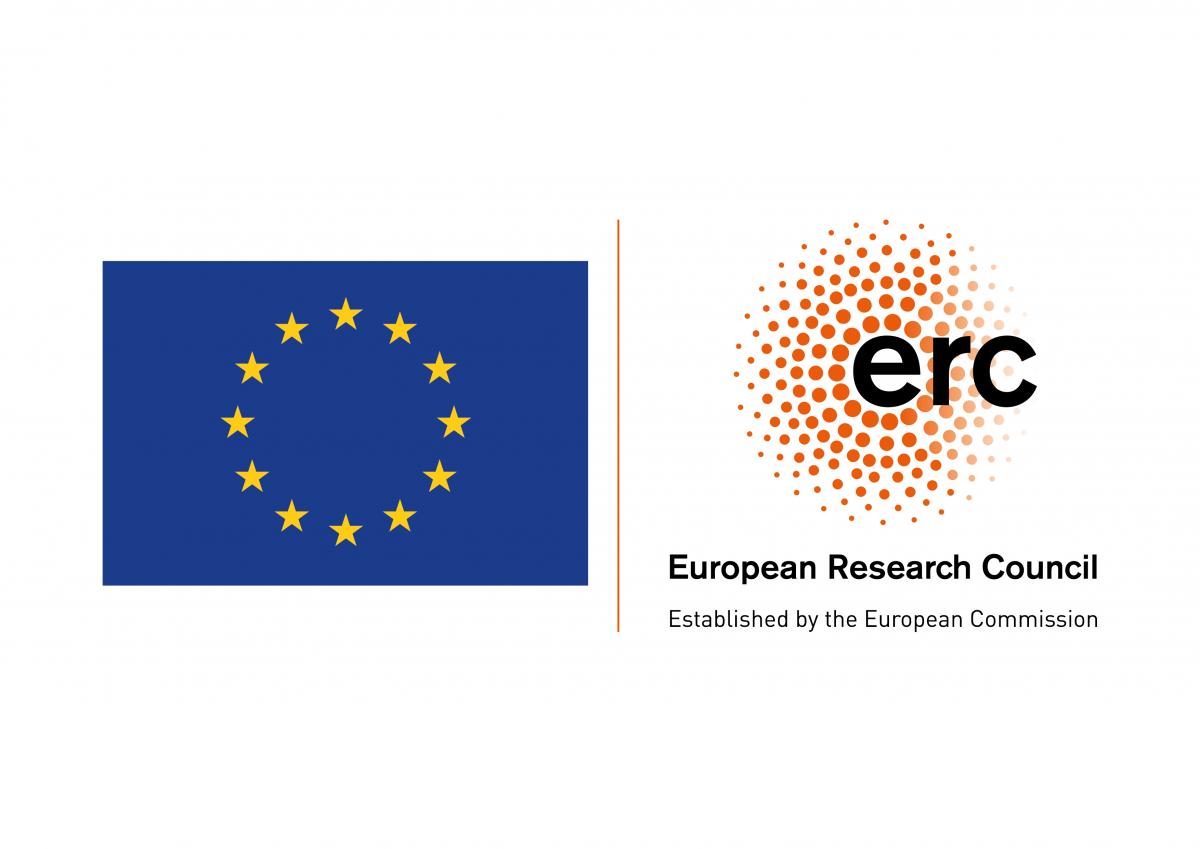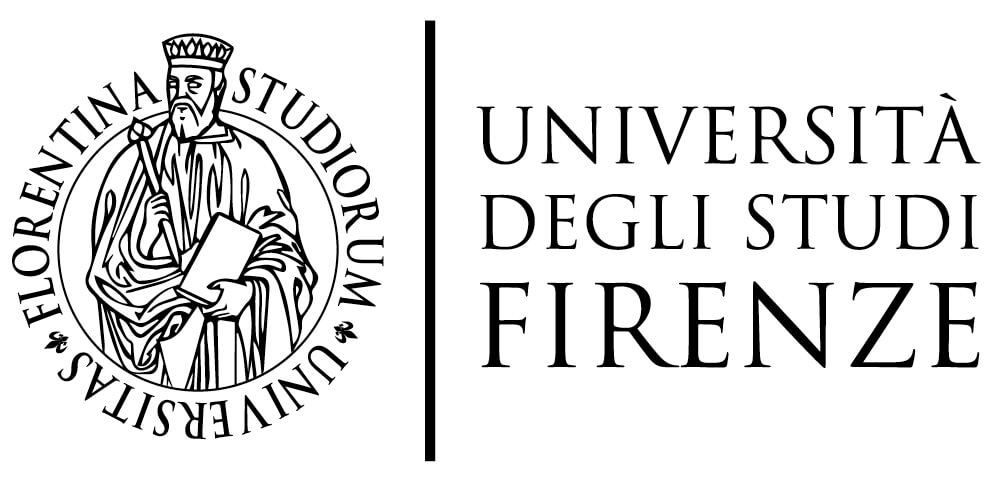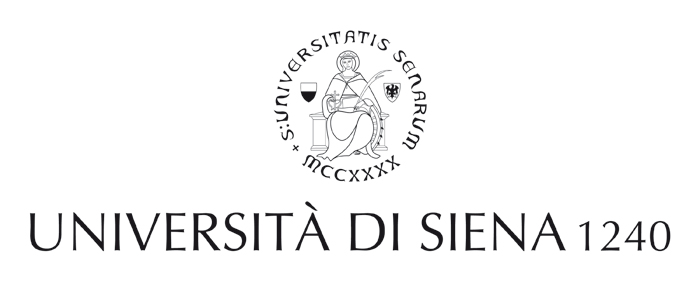Methodology
Currently hampered by the fact that the four dimensions of urban fabric are routinely reduced to multiple 2D plans in publication, the project offers a new way of enabling scholars to exploit 4D digital data derived from different disciplinary methodologies. Rome Transformed tackles the ancient and early medieval city in its four dimensions, by critically assessing information from standing buildings (above and below the ground) and by tying it together with large-scale geophysical surveys.
In doing so, Rome Transformed develops a Three Tier visualisation methodology that incorporates into unified 3D models information derived from archival research, structural analysis, 3D digital recording, geophysical survey and sampling of deep sedimentary sequences.
The evidence provided by laser scanning, geophysical survey, environmental sampling and archival research is integrated, discussed and incorporated into 3D visualizations and geomorphological models that are offered to debate by a series of targeted workshops and by making the process of 3D visualization reconstruction completely transparent.
As a result, Rome Transformed feeds into the existing management system of the archaeology of Rome (ArcheoSITAR) leading the development of a 3D management system of Rome’s archaeology and developing a methodology that will be applicable beyond Rome, in large scale management of 3D data.
Rome Transformed methodology can be summarised in the following broad actions:
- Data Capture generates the high-resolution raw data essential for the delivery of the project’s objectives Learn more
- Data Integration integrates raw data and develops Three Tier models that are used as the basis for a series of visualisations of key building complexes in each area Learn more
- Provocation uses visualisations to facilitate debate on the form and context of the original buildings and spaces Learn more
- Data sharing implements open access online resources to foster debate Learn more
Programme structure
The project is organised through Work Packages (WP) and Project Deliverables (PD).
The project launches with an initial preparation phase (WP1) in which a common survey control network is established for the Eastern Caelian (PD4). During this phase database systems to be used by the project will be harmonised (PD1, PD2), staff hired and inducted in their use and the SCIEDOC database will be adapted (PD3). WP1 also incorporates two workshops, one in Newcastle and one in Rome to foster discussion about the project's methodology, harmonise working practices and finalise a schedule for data capture in WP2.
WP2 focusses on Data Capture for the project in its four strands:
- archival research (PD5)
- architectural analysis – which crucially involves the investigation and digital modelling of both standing remains and the complex exposed archaeological sites (scavi) which remain accessible to specialists beneath Rome’ streets (PD 6)
- geophysical survey, primarily through ground penetrating radar, but also through electronic resistance tomography, and shallow resistivity survey, will characterise both the natural topography and sub-surface structural remains (PD 7)
- environmental analysis of both bore hole data, legacy data from other excavations, and column samples from within exposed scavi (PD8)
WP2 will also include the first programme conference (PD9), bringing the programme team together with invited specialists to review the effectiveness of the project methodology in the context of new data.
Bringing these strands together in the analysis of the nine study areas will be the focus of Work Package 3 (WP3). In addition to generating site reports (Project Reports 1), WP3 will consist of three project deliverables:
- Three Tier Visualizations (PD10) and
- Provocations (PD11) of selected areas and monuments, integrating relevant data from WP2
- Workshop 4 (PD12)
With this phase of analysis complete, WP4 will allow for the focussed study of the three thematic strands political, military and religious (PD17) across the Eastern Caelian. Together with three PhD projects (PD 13, 14, and 15), exploring different aspects of the evolving landscape and economy of the research area, these thematic studies will feed into the project’s second major project conference (PD16), which will itself provide an invaluable background to the final phase of analysis, WP5.
The final phase (WP5) will bring together the different research strands, preparing a new series of provocations which digitally model, the different ways in which political, religious and military activity, played out across the entire research area (RA), and will culminate in a major monograph dedicated to the project (PD19) and an exhibition for the European Heritage Day (PD18).
Ian Haynes, Thea Ravasi








